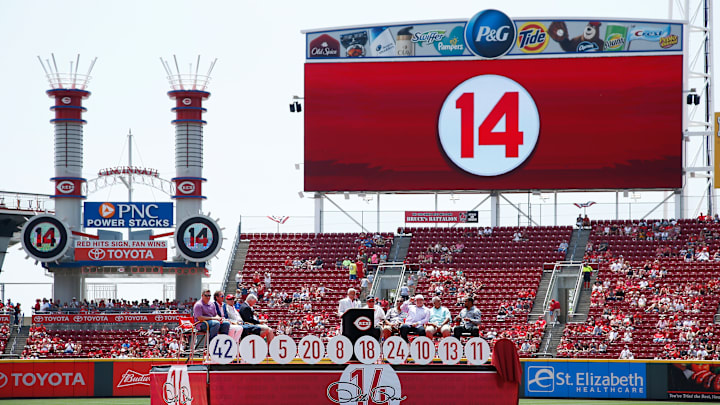7. Reds manager Sparky Anderson (No. 10)
Sparky Anderson would be the first one to tell you that he has no business having his jersey number retired by the Cincinnati Reds. Anderson always gave the praise to his players. But Anderson was the best manager in Reds history and one of the best in the history of baseball.
When you think of all-time great coaches and managers, names like Phil Jackson, Bill Belichick, and Nick Saban come to mind. Those are some of the best coaches in their sport, and Sparky belongs in that conversation.
Now, those aforementioned coaches had or, in Saban's case, still have something that Anderson had during his time in Cincinnati - great players. And while many fans and pundits will argue about how easy it is to lead top talent like the Alabama football program, the Tom Brady-led Patriots, the Chicago Bulls dynasties, or the Big Red Machine, it can be difficult to manage all those egos.
Sparky Anderson did a great job during his tenure in Cincinnati and brought two World Championships to the Queen City. He then did the same with the Detroit Tigers in 1984 and was elected to Baseball Hall of Fame by the Veterans Committee in 2000.
Anderson had his No. 10 jersey retired by the Reds, as he led the team to the National League pennant four times during his nine years in Cincinnati. Anderson finished his managerial career with 2,194 wins, five league pennants, and three World Series titles.
